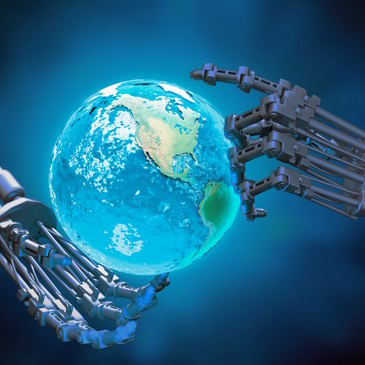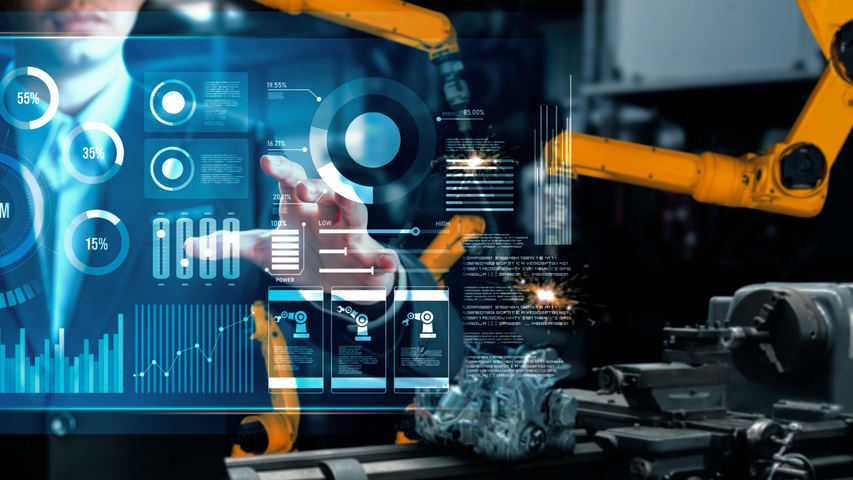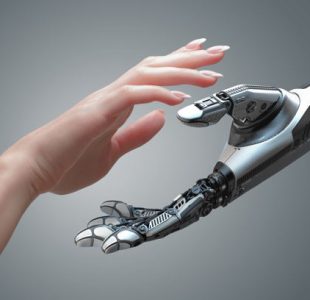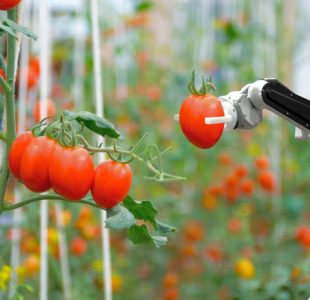How Engineers are Shaping the Robotics Industry: Trends and Innovations
The robotics industry has seen rapid advancements in recent years, revolutionizing industries such as manufacturing, healthcare, agriculture, and transportation. At the forefront of these innovations are engineers who are driving the development of robotics technology. Engineers play a pivotal role in shaping the robotics industry by designing and building robots with increased capabilities, integrating artificial intelligence and machine learning, developing novel materials and manufacturing techniques, and addressing social and ethical considerations. We will explore the trends and innovations in the robotics industry and highlight the significant contributions of engineers in shaping the field of robotics, paving the way for a future where robots play an increasingly vital role in various aspects of our lives.
Innovations by Engineers in the Robotics Industry
Engineers are the driving force behind the continuous advancements in the robotics industry. Their ingenuity and expertise have led to groundbreaking innovations that are shaping the future of robotics. Here are some key areas where engineers have made significant contributions:
- Advancements in sensors and perception technologies: Sensors are critical components in robotics that enable robots to perceive and interact with their environment. Engineers have made remarkable progress in developing sensors that are more accurate, sensitive, and efficient. These advancements in sensors and perception technologies have enabled robots to have better spatial awareness, improved object recognition, and enhanced decision-making capabilities. For example, robots equipped with advanced vision sensors can accurately navigate complex environments, avoid obstacles, and perform delicate tasks with precision.
 New materials and manufacturing techniques for robotics: Engineers have been developing new materials and manufacturing techniques to make robots lighter, stronger, and more durable. Advanced materials, such as composites and smart materials, have revolutionized the design and functionality of robots. For instance, lightweight materials enable drones and autonomous vehicles to achieve longer flight times and increased payload capacity, while 3D printing and additive manufacturing have allowed for more efficient and cost-effective robot production.
New materials and manufacturing techniques for robotics: Engineers have been developing new materials and manufacturing techniques to make robots lighter, stronger, and more durable. Advanced materials, such as composites and smart materials, have revolutionized the design and functionality of robots. For instance, lightweight materials enable drones and autonomous vehicles to achieve longer flight times and increased payload capacity, while 3D printing and additive manufacturing have allowed for more efficient and cost-effective robot production.- Development of advanced actuators for improved robot mobility and dexterity: Actuators are crucial for robot mobility and dexterity, and engineers have been pushing the boundaries of actuator technology. They have developed advanced actuators that provide robots with more precise and agile movements, mimicking human-like motion. For example, engineers have developed flexible and soft actuators that enable robots to grasp delicate objects, move through tight spaces, and perform complex tasks with dexterity.
- Integration of cloud computing and edge computing in robotics: Engineers have leveraged the power of cloud computing and edge computing to enhance the capabilities of robots. Cloud computing allows robots to access vast amounts of data and computational resources remotely, enabling them to process information faster and make more informed decisions. Edge computing, on the other hand, enables robots to process data locally on the robot itself, reducing latency and improving real-time responsiveness. This integration of cloud computing and edge computing has opened up new possibilities for robotics, including remote monitoring, predictive maintenance, and collaborative robotics.
- Robotics for healthcare, including surgical robots and rehabilitation robots: Healthcare is one of the industries that has seen significant advancements in robotics, thanks to engineers. Surgical robots have transformed the field of minimally invasive surgery, allowing for more precise and less invasive procedures. Rehabilitation robots have also been developed to assist patients in their recovery from injuries or surgeries, providing physical therapy and improving patient outcomes. These robots, designed by engineers, are helping to revolutionize the healthcare industry, making surgeries safer and rehabilitation more effective.
- Autonomous vehicles and drones in the robotics industry: Engineers have been at the forefront of developing autonomous vehicles and drones, which are revolutionizing industries such as transportation, logistics, and agriculture. Autonomous vehicles, ranging from self-driving cars to unmanned aerial vehicles (UAVs) or drones, are designed by engineers to operate without human intervention, improving safety, efficiency, and productivity. Drones, in particular, have found applications in areas such as aerial photography, surveillance, and crop monitoring, enabling more precise and cost-effective operations.
Impact of Engineers on the Future of Robotics
Engineers play a crucial role in shaping the future of robotics, driving innovation and pushing the boundaries of what is possible. Their expertise, creativity, and dedication are instrumental in advancing the field of robotics and unlocking new opportunities. Here are some key areas where engineers are making a significant impact:
Role of engineers in driving innovation and shaping the future of robotics: Engineers are at the forefront of driving innovation in the robotics industry. They are constantly pushing the boundaries of technology, developing new algorithms, designing advanced sensors and actuators, integrating artificial intelligence and machine learning, and exploring novel applications for robotics. Engineers are also involved in the development of ethical frameworks, safety standards, and regulatory policies for responsible robotics. Their expertise in multidisciplinary fields such as mechanical engineering, electrical engineering, computer science, and materials science is driving the evolution of robotics and shaping the future of this dynamic field.

Opportunities and challenges for engineers in the robotics industry: The robotics industry presents a plethora of opportunities for engineers. From designing cutting-edge robots for manufacturing, healthcare, agriculture, and transportation, to developing autonomous vehicles, drones, and human-robot collaboration systems, engineers have a wide range of areas to specialize in. However, the field of robotics also poses challenges, such as the need for continuous skill development, addressing safety and ethical concerns, and navigating the rapidly evolving technological landscape. Engineers need to stay abreast of the latest advancements, adapt to changing requirements, and tackle complex problems to harness the full potential of robotics.
Education and skill development for engineers in the field of robotics: Robotics is a rapidly evolving field, and engineers need to continuously update their knowledge and skills to stay relevant. Formal education and skill development programs are crucial for engineers to thrive in the robotics industry. Universities, research institutions, and industry organizations offer specialized programs in robotics, providing engineers with the necessary technical knowledge, hands-on experience, and exposure to cutting-edge research. Continuous learning, interdisciplinary collaborations, and staying updated with the latest technological advancements are key for engineers to excel in the field of robotics.
Collaboration between engineers and other stakeholders for sustainable and responsible robotics development: Robotics has the potential to bring about significant societal impact, and engineers need to work collaboratively with other stakeholders for sustainable and responsible robotics development. Collaboration among engineers, policymakers, ethicists, industry experts, and end-users is essential to ensure that robotics technology is developed and deployed in a way that is safe, ethical, and beneficial to society. Engineers have a pivotal role in driving responsible robotics development, considering factors such as safety, privacy, security, and societal impact, and addressing potential risks and challenges associated with robotics technology.







